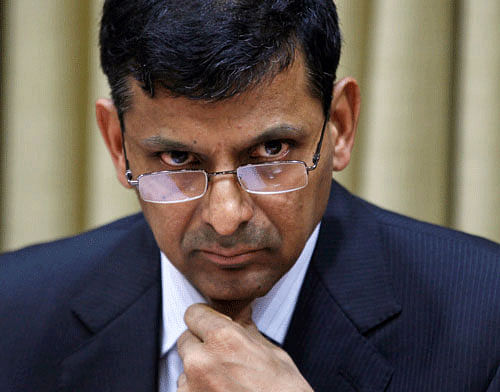The Raghuram Rajan Committee’s report on criteria for determining backwardness of states has placed Karnataka among the relatively developed states. It ranks 10th in terms of development. The state will now lose its share in allocations from the Centre.
According to a finance commission formula, the state gets 4.39 per cent of the Centre’s total allocation. Now, it will get only 3.73 per cent.
“Some gain and others lose based on our formula. Nine states gain in shares relative to the plan transfers and 12 gain relative to the finance commission ones. Notably, for most of the states, the loss in share is small.
Relative to the finance commission formula, only five states lose one percentage point or more of their share,” said the panel. The report picked holes in Gujarat’s claim of development. On a multi-dimensional composite development index, which takes into account performance on both economic and human development index, Gujarat ranks 12th.
Gujarat has been categorised as “less developed state,” just below Tripura.
According to the committee, which was constituted following political pressure from Bihar Chief Minister Nitish Kumar, Odisha is the least developed state, followed by Bihar and Madhya Pradesh.
The report, released on Thursday, places Goa on top with regard to development, followed by Kerala. Punjab is a distant third.
The committee, which is likely to become the basis of allocation of funds in the future, shows a paradigm shift in how economic development is measured. Apparently, it rejects evaluation on the basis economic growth indicators only.
It also states why developed states like Gujarat are performing poorly on human development indicators (HDI), including infant mortality rate and malnutrition. Due to a better HDI, Kerala has been ranked the second best-developed state. Though Tamil Nadu is far behind Kerala, it is third among the “relatively developed” states.
The index proposed by the committee includes 10 sub-components: Monthly per capita consumption expenditure, education, health, household amenities, poverty rate, female literacy, per cent of SC/ST population, urbanisation rate, financial inclusion and connectivity. For devolution of funds to the states, the committee has proposed a formula which takes into account population and area of the states.
At present, there are 11 special category states: Arunachal Pradesh, Assam, Himachal Pradesh, Jammu & Kashmir, Manipur, Meghalaya, Mizoram, Nagaland, Sikkim, Tripura and Uttarakhand.
A member from Bihar, Shaibal Gupta, has given a note of dissent. He wanted per capita income, instead of per capita consumption, as a criteria.
